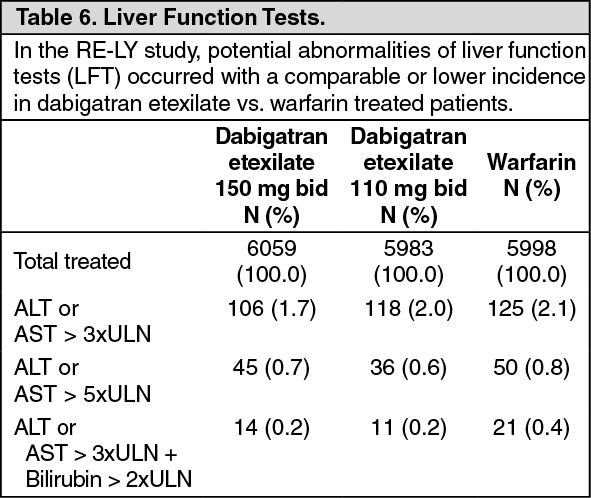


Effective prescribing includes consideration of drug interactions, assessment of ability to adhere to once- versus twice-daily dosing, patient barriers (such as inability to obtain frequent lab draws or financial concerns), and understanding of each agent's pharmacokinetic properties. When prescribing these agents, the characteristics of the drug and the patient's risk of bleeding should be assessed. 2,3 Effective anticoagulation requires a delicate balance between thrombosis prevention and bleeding prevention. Additionally, up to 900,000 people could experience a VTE event.

In the US, AF is estimated to occur in 2.7 to 6.1 million people. 1 The DOACs include the only oral direct thrombin inhibitor, dabigatran etexilate, as well as factor Xa inhibitors (FXaIs) apixaban, betrixaban, edoxaban, and rivaroxaban.Ītrial fibrillation (AF) and venous thromboembolism (VTE) are among the two most common indications for prescribing an anticoagulant. This has replaced the previous term novel/non-vitamin K oral anticoagulant (NOAC) due to reports of the abbreviation NOAC being misinterpreted to mean no anticoagulation. The preferred terminology for these agents is direct oral anticoagulant (DOAC). Since 2010, newer anticoagulants have been approved with various indications.

For over 50 years, warfarin, a vitamin K antagonist (VKA), was the only oral anticoagulant on the market in the US. In this review, we discuss practical issues in the initiation of DOAC therapy, situations where reversal may be needed, coagulation assays, reversal agents, and post-reversal complications in the context of published evidence and guidelines.Īndexanet alfa Apixaban Betrixaban Dabigatran Direct oral anticoagulants Edoxaban Idarucizumab Reversal agents Rivaroxaban.Anticoagulation is the foundation for the treatment and prevention of thromboembolic events. However, specific reversal agents are efficacious and safe and should be preferred when available. Nonspecific prohemostatic agents can counteract the anticoagulant action of DOACs in emergency situations, when specific reversal agents are unavailable. fresh frozen plasma, prothrombin complex concentrate) are available. ciraparantag for heparins, DOACs) are in development. Idarucizumab and andexanet alfa, which reverse the anticoagulant effects of dabigatran and FXa inhibitors, respectively, are DOAC reversal agents available in the US. Clinicians may need to achieve rapid reversal of anticoagulation effects of the DOACs in an emergency setting. DOACs are associated with lower rates of major and fatal bleeding events compared with warfarin. apixaban, betrixaban, edoxaban, rivaroxaban). Direct oral anticoagulants (DOACs) include dabigatran etexilate, a direct thrombin inhibitor, and specific inhibitors of activated coagulation factor X (FXa e.g.


 0 kommentar(er)
0 kommentar(er)
